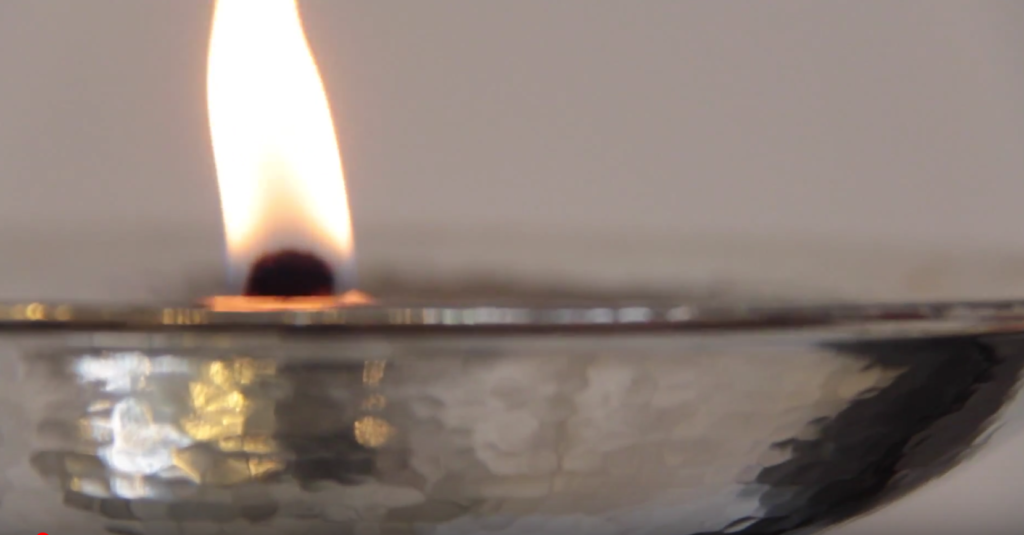What Happens at a Unitarian Universalist Service
Unitarian Universalist congregations draw from a variety of religious and spiritual sources. This is reflected in the worship you’ll experience in a congregation. Services often include readings and texts from world religions and from ancient and modern poetry and literature. The congregation may sing, share, and listen to music, whether classical, folk, or modern. There is no one source of inspiration or teachings.

Most services begin with the lighting of a chalice. The flame within a cup or bowl symbolizes our quest for illumination and transformation. Children usually stay with their families for the first part of the service, and later leave to participate in their own age-appropriate programs. Frequently the service includes a time for meditation, offering participants the chance to sit quietly and reflect. Most services also have a time where those present can share personal joys and sorrows, sometimes by speaking them aloud if they wish, and sometimes in other ways. This is one way we build a supportive community.
Because each congregation is self-funded and self-governing, offerings are taken in the service. The collected funds, unless announced otherwise, support the local congregation in its work.
 Ours are rarely “Sunday best” communities; people dress in clothes that make them comfortable. You’ll probably find that jackets and jeans, sandals and sundresses, ties and t-shirts are all evident. As well as our regular worship opportunities, other programs and events invite community members and friends to deepen in their spiritual practices and faith development. Of course, we affirm that different people do this differently, so the choices can be quite varied. Yoga, meditation, music, justice work, and book groups are common, and many others might be offered.
Ours are rarely “Sunday best” communities; people dress in clothes that make them comfortable. You’ll probably find that jackets and jeans, sandals and sundresses, ties and t-shirts are all evident. As well as our regular worship opportunities, other programs and events invite community members and friends to deepen in their spiritual practices and faith development. Of course, we affirm that different people do this differently, so the choices can be quite varied. Yoga, meditation, music, justice work, and book groups are common, and many others might be offered.
We affirm the individual’s path to meaning, but we come together to celebrate life and our common humanity. The root of the word “worship” means “humor” or “worth”; Unitarian Universalist worship services give participants an opportunity to reflect on what is worthy, and to do so in a supportive community.
Many Unitarian Universalist communities celebrate several special ceremonies in the course of the year. Some common ones are
- Water ceremony. Held in early September, at the start of the new church year, this ceremony celebrates the community’s coming together again.
- Remembrance ceremony. This ceremony often finds ways to honour valour and personal sacrifice without glorifying war.
- Winter solstice. As winter arrives, people frequently pause, light candles to illuminate the dark days, and gather with music and reflective community.
- Christmas Eve. The Unitarian and Universalist traditions came out of Christianity, and many Unitarian Universalist congregations mark Christmas Eve by celebrating the timeless themes of hope and possibility.
- Fire ceremony. The start of a new year is frequently seen as a time of new beginnings, and this ceremony invites participants to let go of whatever they do not wish to bring into the coming year.
- Spring equinox. After a long, cold Canadian winter, most congregations celebrate new birth and the reemergence of life, sometimes also recognizing the Easter holiday.
- Flower ceremony. Since the 1920s, Unitarians and Unitarian Universalists have celebrated diversity and community by inviting people to bring, share, and exchange flowers.
